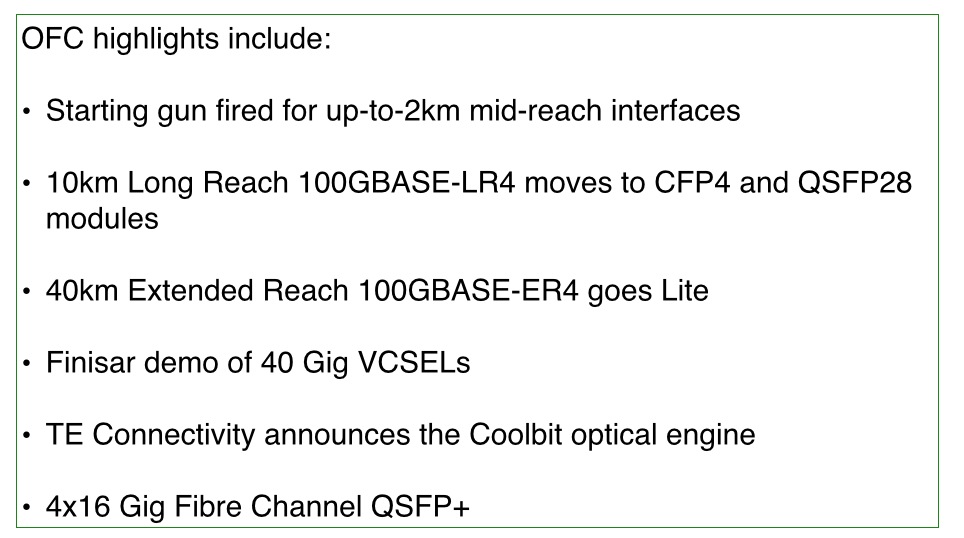Optical module trends: A conversation with Finisar
 Wednesday, July 18, 2018 at 9:40AM
Wednesday, July 18, 2018 at 9:40AM Finisar demonstrated recently a raft of new products that address emerging optical module developments. These include:
- A compact coherent integrated tunable transmitter and receiver assembly
- 400GBASE-FR8 and -LR8 QSFP-DD pluggable modules and a QSFP-DD active optical cable
- A QSFP28 100-gigabit serial FR interface
- 50-gigabit SFP56 SR and LR modules
Rafik Ward, Finisar’s general manager of optical interconnects, explains the technologies and their uses.





